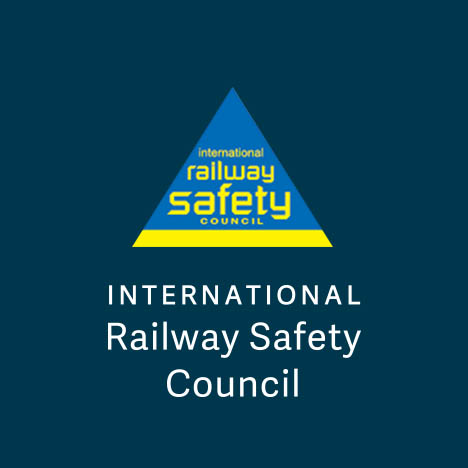Railway network has been regarded as one of the modes of transport amongst others to transport masses of people from their communities to areas of work opportunities. In South Africa it is regarded as the affordable mode of transport since it is subsidized by the government. The South African railway network is mostly operated by Transnet (Freight) as well as by PRASA which is for passenger trains. The rail network is generally operated at 750 VDC, 1 500 VDC, 3 000 VDC, 25 kV AC and 50 kV AC voltage levels
as well as with diesel in certain instances. The South African passenger rail network is operated at 3 kV DC voltage.
The railway network is one of the bulk energy users due to the high passenger capacity/demand which also determines the train frequency. Eskom is the South African grid and has been struggling to keep up with the energy demand and this has resulted to loadshedding measures being implemented which have affected a lot of energy users including railway signaling power supply.
Electricity has been increasing drastically from the utility and the energy users are paying these high tariffs which have been exponentially increasing from 2002 to date. The traction power supply is dedicated and exempted from loadshedding but the train stations and signaling power supplies are heavily affected by loadshedding. Due to the high cost of electricity and this constant loadshedding, bulk energy users are forced to come up with ways of minimizing energy cost and energy management efficiency solutions. PRASA has introduced new trains that are capable of regenerating energy for use by other accelerating trains in the same power supply region.
This paper is discussing different ways of energy management solutions in traction electricity network through load shifting, time shifting, regenerative braking as well as energy storage for later use. The excess energy is transferred to 11 kV AC and 33 kV AC for use in other sections or corridors. The results are based on simulations as well as measurements to achieve 30% energy reduction. Load is shifted from expensive substations to low-cost substations. Drivers are trained to drive efficiently using speed profiles through acceleration, cruising, coasting and regenerative braking to save energy.

